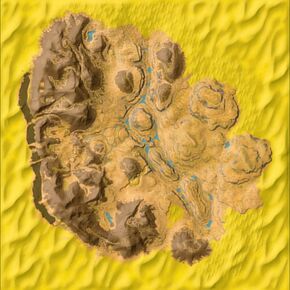
cheat summon Vulture_Character_BP_Ccheat SpawnDino "Blueprint'/Game/ScorchedEarth/Dinos/Vulture/Vulture_Character_BP.Vulture_Character_BP'" 500 0 0 35Variant Vulture (Gauntlet2)
cheat summon Vulture_Character_BP_STA_Ccheat SpawnDino "Blueprint'/Game/Genesis2/Missions/ModularMission/Gauntlet2/STA/Dinos/Vulture_Character_BP_STA.Vulture_Character_BP_STA'" 500 0 0 35


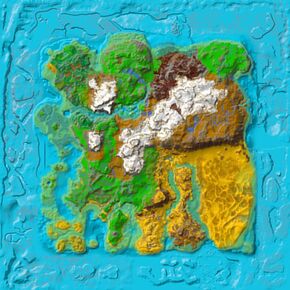

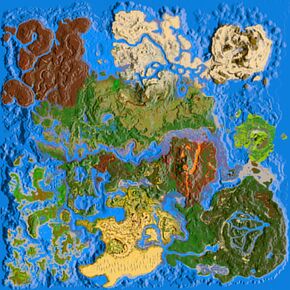

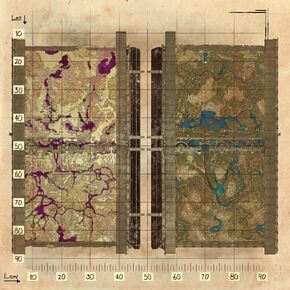



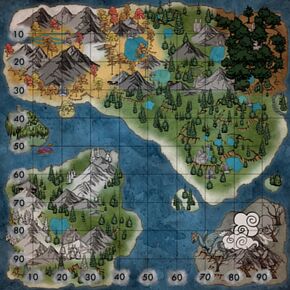

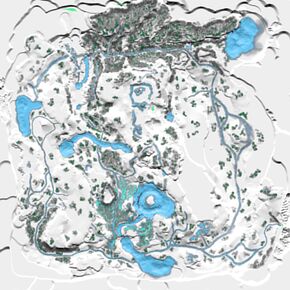

The Vulture is one of the creatures in ARK: Survival Evolved.
This section is intended to be an exact copy of what the survivor Helena Walker, the author of the dossiers, has written. There may be some discrepancies between this text and the in-game creature.
Torgos arcam
TimeEarly Pleistocene
DietCarrion-Feeder
TemperamentDocile
Torgos arcam appears to be a relative of Torgos tracheliotos and Torgos negevensis – commonly called lappet-faced vultures – which are native to the sands of the Sahara, Sahel, and Negev deserts. Like them, it is a carrion bird that feeds on the decaying corpses of other animals, and is only aggressive when defending its meal. As such, survivors should take note when they see groups of Torgos arcam circling above. It means that a wounded creature or a bloody battle may be somewhere below.
Despite its impressive wingspan, Torgos arcam is not suitable as a pack animal, and is surprisingly light. Some survivors have even been known to keep a tame Torgos arcam perched on their shoulder. Interestingly, Torgos arcam is capable of storing raw meat in a separate stomach where it will decay at a slower rate. Tribes could, in theory, utilize this feature to preserve meat for recipes.
Vultures are carrion-eaters, thus you can mostly see them waiting for dead carcasses in the desert. They will get defensive of anything they're eating, so they will attack any tames and players that wander too close.
Trogos Acram resembles many modern age vultures found in our world such as lappet-faced and griffon vultures, with a stooped neck and sharp tipped beak for tearing open carcasses. Being much smaller than its Miocene relative Argentavis , Trogos Acram cannot be ridden, but can perch on a survivor's shoulder.
This section displays the Vulture's natural colors and regions. For demonstration, the regions below are colored red over an albino Vulture. The colored squares shown underneath each region's description are the colors that the Vulture will randomly spawn with to provide an overall range of its natural color scheme. Hover your cursor over a color to display its name and ID.
This information can be used to alter the Vulture's regions by entering cheat SetTargetDinoColor <ColorRegion> <ColorID> in the cheat console. For instance, cheat SetTargetDinoColor 0 6 would color the Vulture's "body" magenta.
| Attribute | Base Value | Level Increase | Taming Bonus | ||
|---|---|---|---|---|---|
| Wild | Tamed | Additive | Multiplicative | ||
| 125 | +25 | +5.4% | 0.07 | ||
| 150 | +15 | +10% | |||
| 150 | +15 | +10% | |||
| 900 | +90 | +10% | |||
| 50 | +1 | +4% | |||
| 23 | +1.15 | +1.7% | 7% | 17.6% | |
| 100% | N/A | +1% | |||
| 100 | +6 | N/A | 0.5 | ||
Type in values of a wild creature to see on which stats it's emphasized. Green values on a high-level creature are very good for breeding. If you have already tamed your creature you can try to recover the breeding stats with an external tool.[1]
The stat-calculator does not work in the mobile-view, see here for alternatives: Apps
Note that after the creature is tamed it gets bonuses on some stats depending on the taming effectiveness. This makes it hard to retrieve the levels on a tamed creature, so this tool is only for wild ones, but gives a first impression, how well the stats are distributed.
| Peck |
|
|---|
Focus on Rider
The Vulture focus on attack the rider of the mount that it is attacking.
Meat Preserver
The Vulture's inventory increases the spoil timer of any kind of ![]() Meat by x15. Take in mind that the player can only put
Meat by x15. Take in mind that the player can only put ![]() Spoiled Meat directly into its inventory, other kinds of meat needs to be harvested by the Vulture or being on a victim's inventory in order save the meat inside its inventory.
Spoiled Meat directly into its inventory, other kinds of meat needs to be harvested by the Vulture or being on a victim's inventory in order save the meat inside its inventory.
They will essentially become Territorial and attack you when there is a corpse in the vicinity.
As they will attack the rider and not the tame, it is often best to fight them with a ![]() Pike as most tames have a hard time hitting them.
Pike as most tames have a hard time hitting them.
Ranged weapons like bows can be used while they are chasing after you, but when they come close, shooting them is less effective. ![]() Spears or a pike can be helpful as well.
Spears or a pike can be helpful as well.
They will attack when a corpse is in the vicinity. They will target you even on your mount and will swarm when more vultures are present. This can become very annoying if trying to tame close to where Vultures are found.
They are fairly slow when flying and a player can run away even at base speed.
The Vulture is unable to be tamed through the standard ![]() Knock-out methods, and must be tamed non-violently, but this can be difficult as they become aggressive at the presence of a corpse.
Knock-out methods, and must be tamed non-violently, but this can be difficult as they become aggressive at the presence of a corpse.
To feed it, place Raw or ![]() Spoiled Meat on the last slot of your hotbar, then approach and press use (default E) to feed it. You cannot feed them all the meat required for taming at one time, you must wait for it to be hungry again to feed it more, until its taming meter is filled. The Vulture will fly off every once in a while and can easily be lost if one is not paying attention or become agressive because wild creatures near by decided to battle and there is now a corpse around.
Spoiled Meat on the last slot of your hotbar, then approach and press use (default E) to feed it. You cannot feed them all the meat required for taming at one time, you must wait for it to be hungry again to feed it more, until its taming meter is filled. The Vulture will fly off every once in a while and can easily be lost if one is not paying attention or become agressive because wild creatures near by decided to battle and there is now a corpse around.
Tips:
| Feeding Interval | Time | ||
|---|---|---|---|
| 2 | 02:14 | 0:02:14 | |
| 8 | 00:23 | 0:02:41 | |
| 19 | 00:10 | 0:03:11 | |
| Feeding Interval | Time | ||
|---|---|---|---|
| 4 | 01:29 | 0:04:27 | |
| 21 | 00:21 | 0:07:01 | |
| 53 | 00:10 | 0:08:51 | |
| Feeding Interval | Time | ||
|---|---|---|---|
| 6 | 01:20 | 0:06:41 | |
| 35 | 00:20 | 0:11:41 | |
| 88 | 00:10 | 0:14:41 | |
| Feeding Interval | Time | ||
|---|---|---|---|
| 8 | 01:16 | 0:08:54 | |
| 50 | 00:20 | 0:16:41 | |
| 123 | 00:10 | 0:20:31 | |
| Feeding Interval | Time | ||
|---|---|---|---|
| 10 | 01:14 | 0:11:07 | |
| 64 | 00:20 | 0:21:21 | |
| 158 | 00:10 | 0:26:21 | |
| Feeding Interval | Time | ||
|---|---|---|---|
| 12 | 01:12 | 0:13:21 | |
| 78 | 00:20 | 0:26:01 | |
| 193 | 00:10 | 0:32:11 | |
Note that the values are for optimal cases, always bring extra supplies!
For a level-dependent count of resources needed, try an external taming calculator.
| Resource | Efficiency |
|---|---|
| ? | |
| ? | |
| ? | |
| ? | |
| ? | |
| ? | |
| ? | |
| ? |
For information pertaining specifically to the real-world Vulture, see the relevant Wikipedia article.
| Patch | |
|---|---|
| 246.0 Scorched Earth Expansion Release |